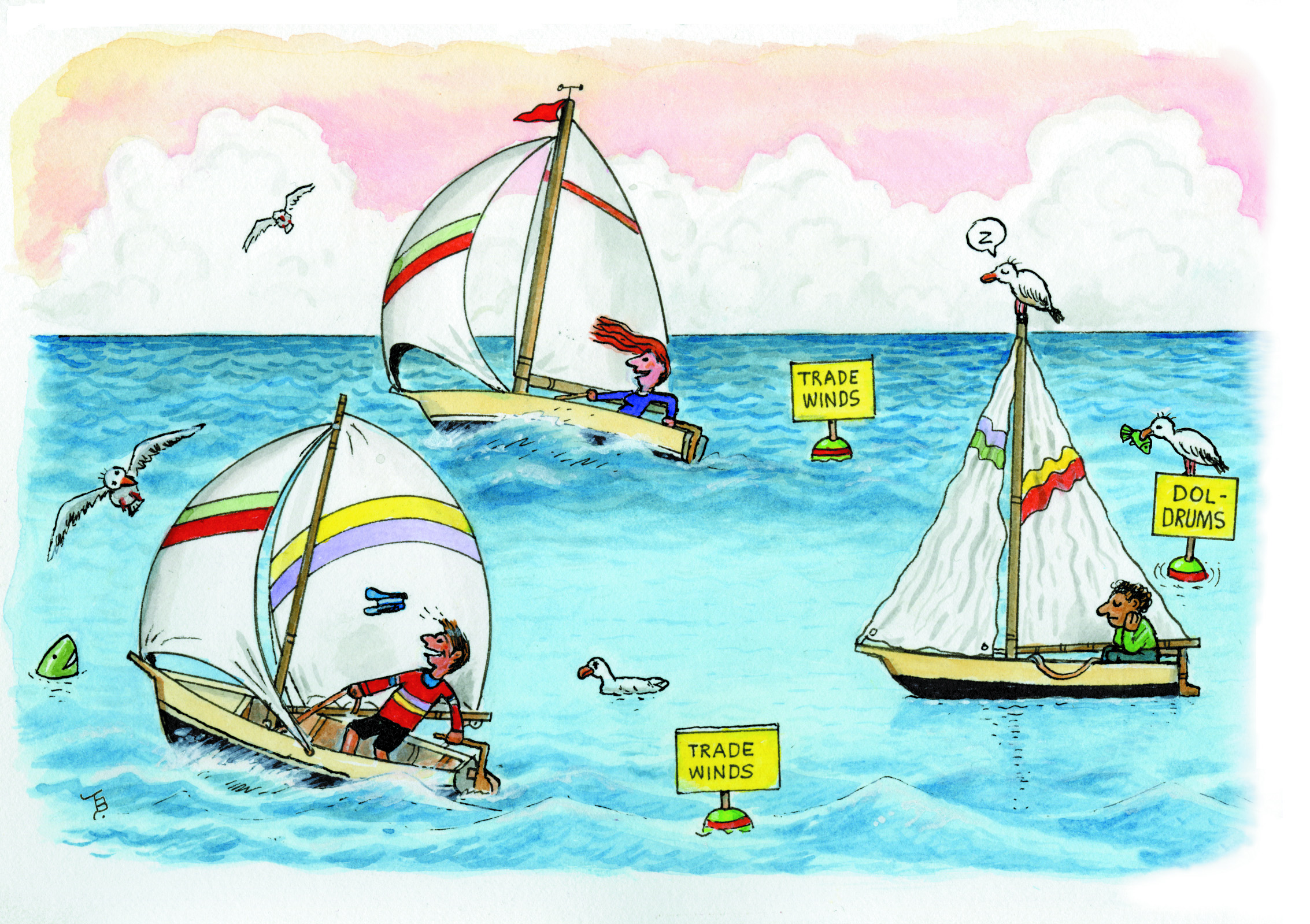
Overview
In this section you will find materials that support the implementation of EarthComm, Section 1: Global Wind Patterns and Weather.
Learning Outcomes
- Analyze data on world maps to identify patterns in incoming solar radiation, air temperature range, and air pressure at Earth’s surface.
- Use a model to explain the factors that affect the global movement of air in Earth’s atmosphere.
- Obtain information about global wind belts and patterns of circulation in Earth’s atmosphere.
Inquiring Further
- To learn more about the Aura satellite, visit the following web sites:
Aura, NASA
The official NASA mission website for the Aura spacecraft. Overview of the Aura mission and how it will help scientists to monitor pollution production and transport around the world.
ChemMatters: What's so special about AURA? NASA
Researcher talks about some of the questions AURA will help to answer.
NASA's Aura: What's on Board?, NASA
Description of the space craft and instruments.
NASA's Aura: New Eye for Clean Air, NASA
Provides background context for some of the mission objectives.
Resources
To learn more about this topic, visit the following web sites:
Pressure and Wind
Origin of Wind, NOAA
Lean how in meteorology wind is considered in terms of the horizontal speed and direction.
What is Wind?, NOAA
The definition used here provides a good explanation of the forces that produce wind.
Wind, Windows to the Universe NESTA
Describes the factors that create different pressures in the atmosphere which creates the winds around the globe.
Global Wind Patterns
Global Wind Patterns, NASA
A portrait from a simulation showing global wind patterns.
Global Wind Patterns Visualization, NASA
Simulation compiled from a series of animations showing global wind patterns at two different levels in the atmosphere.
Global Circulations, NOAA
Looks at global atmospheric circulation patterns and how they influence climate and weather.
Trade Winds, NOAA
Explains the formation, movement, and coupling of Earth’s trade winds with the oceans.
Coriolis Effect
Coriolis Effect, NOAA
Examines the impact of the Coriolis effect on the movement of air between the Earth’s equator and poles.
Coriolis Effect - Winds and Oceans, NOAA
An important diagram showing the Coriolis effect.
Coriolis Effect - the Physics, Ohio State Univ.
Provides an explanation of the detailed phyiscs needed to understand and explain the Coriolis effect.
Jet Stream
The Jet Stream, NOAA
Describes the factors that cause air to flow in the Earth’s jet streams.
Why Does the Jet Stream Wander?, Scientific American
Article describes both the causes of the stream and why its path changes over time.
Polar Jet Steam Pattern Visualization, NASA
Simulation compiled from a series of animaltions showing the troughs and ridges of the polar jet stream.
